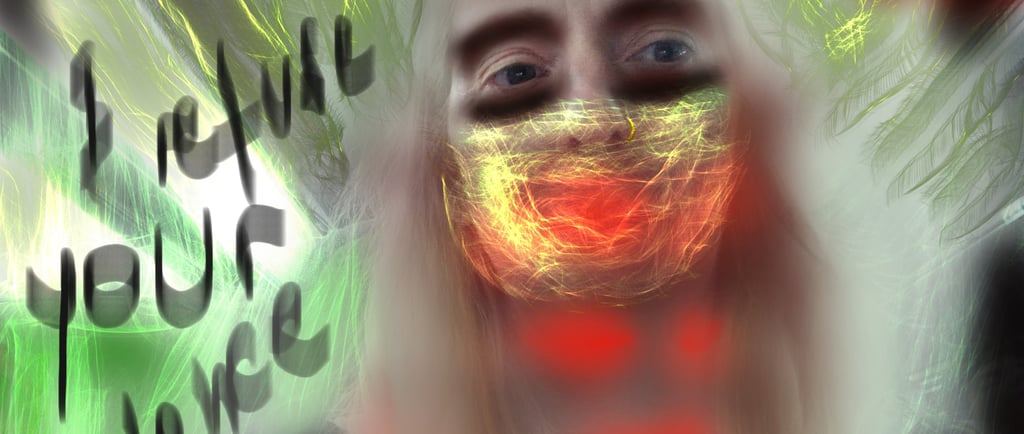The Gift of Turmoil: What Our Triggers and Shadows Reveal About Us
9/24/20252 min read


Recently, I came across a powerful podcast that resonated deeply with the waves of transformation currently shaping my life. In a recent post, I spoke about how life-altering experiences often strip us of everything external — job titles, roles, identities — and bring us face to face with the questions: Who am I without stability? Without recognition? Without control?
This season of my life has been marked by a series of endings and upheavals — the complete dissolution of a program I spent years building with dear peers, the departure of close friends moving far away, and the resurfacing of childhood memories in which I was blamed for the emotional chaos within my family. These experiences stirred something deeper, calling me back to a question I have lived with for years: What is my shadow trying to tell me?
Turmoil as a Mirror: What Instability Teaches Us
The podcast episode I listened to framed turmoil not as chaos, but as a mirror. A mirror that shows us our shadow — not just the "ugly" parts, but the denied, disowned, and unseen aspects of our psyche.
All the dirt.
All the mud.
All the truth we suppress, hide from, or feel too ashamed to admit — even to ourselves.
It hit me profoundly.
This made me reflect on how often we invalidate our own feelings — or those of others — by labeling them as “too much.” What if intense emotional responses are simply truth trying to surface?
As I sat with these questions, the layers began to unravel. Beneath the pain and discomfort, I found messages — clear, honest, sometimes hard to hold.
Here is what emerged: A deep need for validation / Fear of not being recognized or valued / The belief that my worth depends on external recognition / The aching need to be protected and cared for / Suppressed anger at being ignored, neglected, and erased / Grief for the emotional protection I lost as a teenager during wartime / A familiar pattern of being cast as the scapegoat, carrying the emotional weight for others.
Each insight was like a breadcrumb leading back to parts of myself I had long buried to survive — especially my anger, and right to be heard.
Reclaiming What Was Disowned
As a teacher and artist, I have long explored the role of shadow in building complex characters, reshaping stories, and creating transformative art. But this time, shadow work didn’t belong to a classroom or a project — it belonged to me.
It was raw, personal, and utterly necessary.
In shadow, I found my: Inner protector — the voice that says "No more" / Anger — not as destruction, but as clarity / Grief — not as weakness, but as love unexpressed / Need to be seen — not as vanity, but as a birthright.
This process has taught me that what we suppress does not disappear. It waits — patiently — for a moment of rupture, vulnerability, or loss to say: Now will you listen?
If you are navigating instability, loss, or emotional triggers right now, here are some questions that might help you access your own shadow with compassion: What parts of myself did I hide to keep the peace in childhood? When I feel silenced or erased, what do I wish I could say or do? What would it look like to reclaim my anger, grief, or power — safely and constructively? What boundaries have I been afraid to set, and why? Can I give myself the acknowledgment I’ve never received?
If you are standing in your own storm, I see you.
Let the mud speak.
There is wisdom waiting underneath it all.